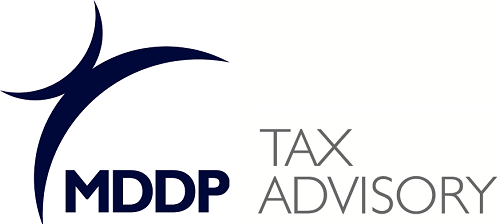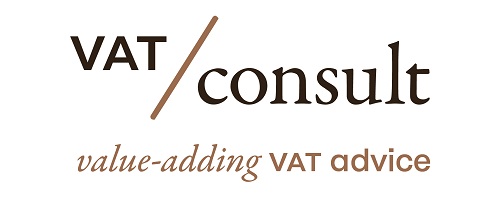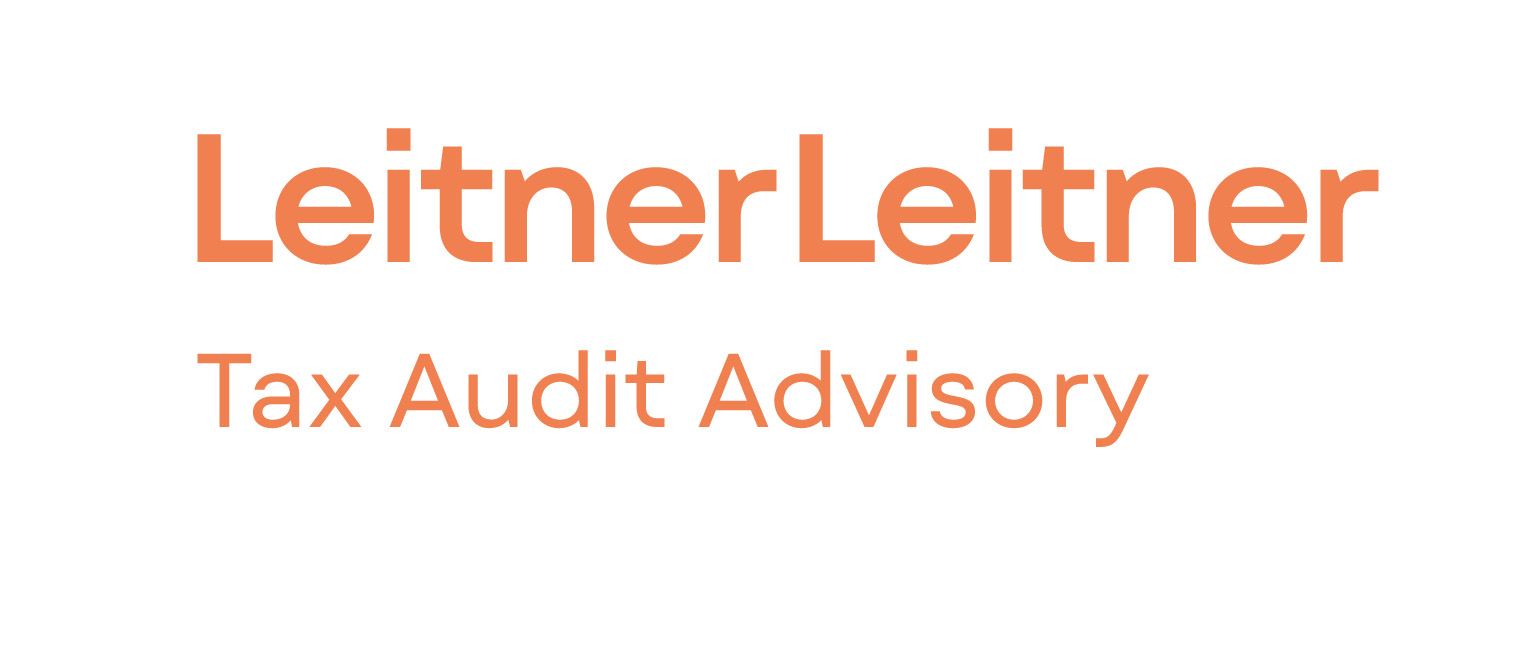-
VAT basics: Value-Added Tax is a consumption tax applied at every stage of production and sale, collected throughout the supply chain but ultimately paid by the end consumer.
-
Non-EU business responsibility: To prevent unfair competition and protect EU tax revenues, non-EU businesses selling to EU consumers must charge VAT, ensuring equal pricing between foreign and EU-based companies.
-
CESOP directive: Effective January 2024, the VAT CESOP directive strengthens compliance rules, impacting EU and global online businesses selling to EU customers, emphasizing transparency in cross-border digital transactions.
-
Digital products threshold: For digital services sold in the EU, the VAT registration threshold is 0 EUR. Even one sale obligates VAT registration, catching many remote sellers off guard.
-
Five-step compliance path: Foreign businesses must register, verify customers, charge applicable VAT, issue compliant invoices, and submit quarterly VAT returns — ensuring compliance while minimizing risks of penalties and back-taxes.
-
VAT registration (OSS): Non-EU businesses can register in any EU country using the One-Stop Shop “non-Union scheme,” consolidating VAT reporting into a single quarterly return distributed across member states.
-
Customer verification: Sellers must confirm if the buyer is a business or consumer, validate VAT numbers via VIES, and collect two proofs of location (e.g., billing address, IP, bank).
-
When to charge VAT: VAT is charged on B2C sales to individuals without a VAT number, while B2B sales with valid VAT numbers follow the reverse-charge mechanism, shifting responsibility to buyers.
-
VAT invoices: Invoices must include supplier and buyer details, VAT numbers, amounts, rates, invoice sequencing, and currency used. Records should be stored digitally for five years for tax authority audits.
-
Filing VAT returns: VAT returns are submitted quarterly through OSS within 20 days after each quarter ends. OSS auto-calculates liabilities, accepts multiple currencies (converted via ECB), and distributes payments across EU.
Source: www.quaderno.io
Latest Posts in "European Union"
- CJEU Clarifies VAT Rules for App Stores: Platforms Deemed Suppliers in Digital Sales
- Reforming VAT Rules to Ensure Fair Competition for UK Small Businesses and Tackle Online Fraud
- Comments on ECJ C-232/24 (Kosmiro): Where does credit end and debt collection begin?
- ViDA Public Debate: Summary of Implementation Dialogue with Commissioner Hoekstra (European Commission Website)
- CEN Approves Revised EN 16931: A Milestone for ViDA Implementation














